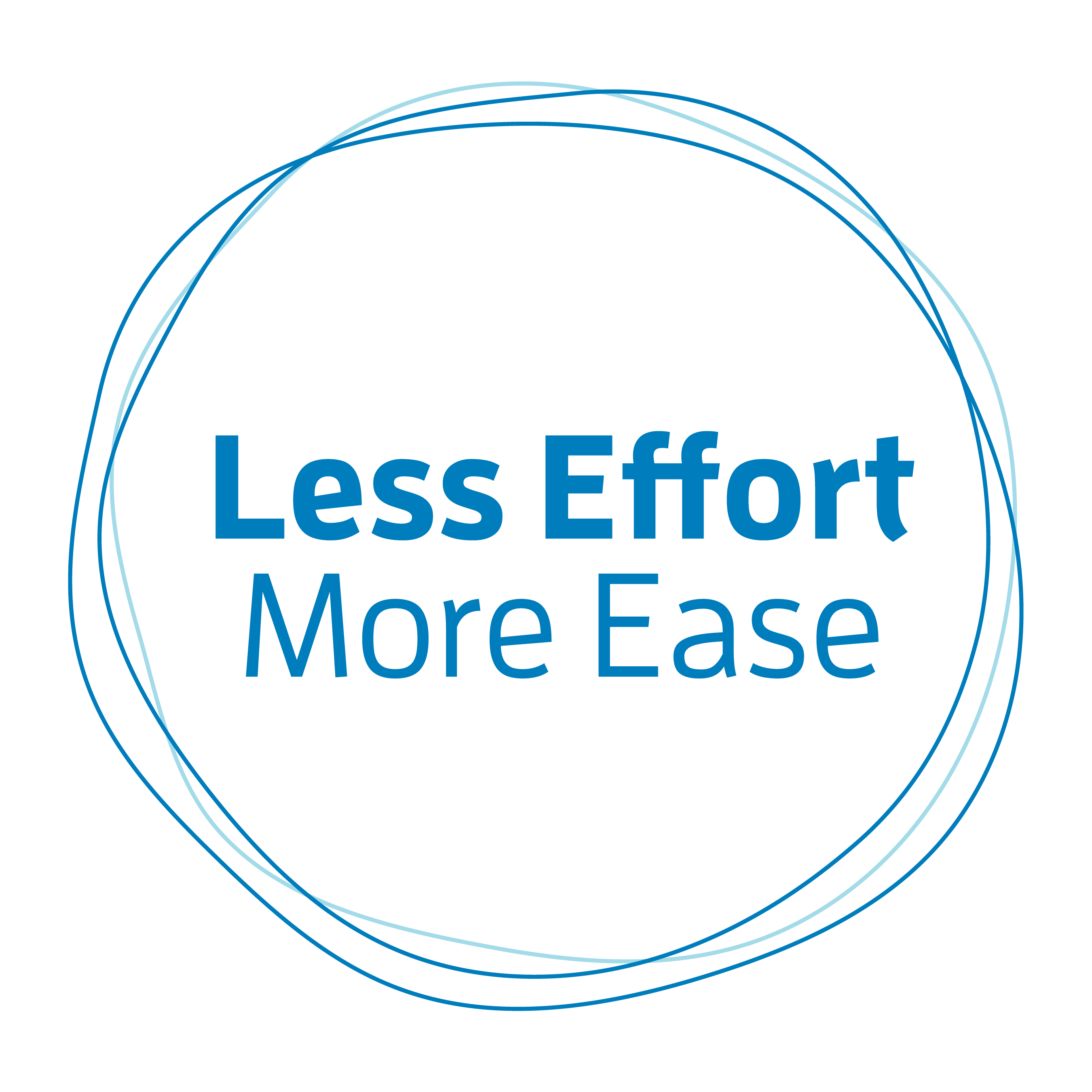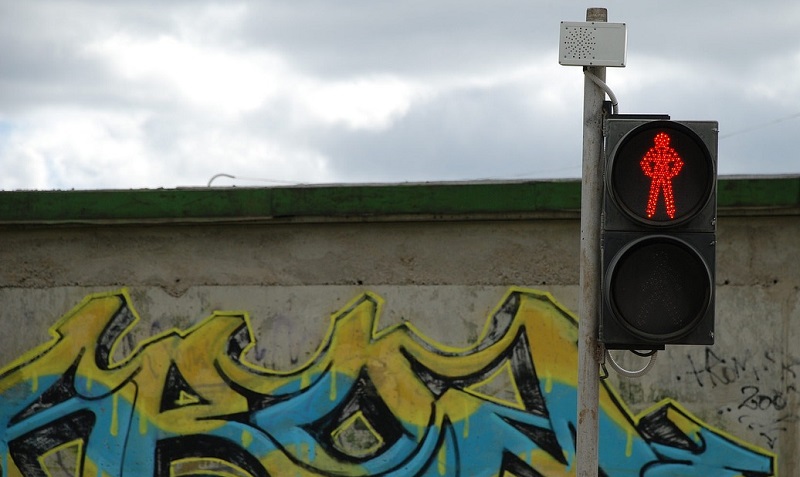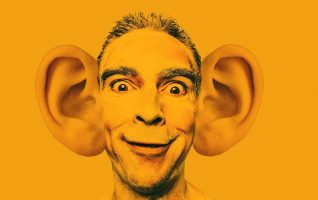When you were a small child, adults probably introduced you to the basics of road safety with the familiar phrase “stop, look, and listen”. And that simple skill—learning to stop so you can look and listen before you decide to cross the street—is one of the key skills we work with in the Alexander Technique. I often simply refer to it as Pause Before Action.
When I introduce this topic to groups, I often use the following quote attributed to holocaust survivor, Dr. Victor Frankl:
Between stimulus and response there is a space.
In that space is our power to choose our response.
In our response lies our growth and our freedom.
Learning to Pause Before Action allows you to inhabit the space Victor Frankl talks about. In that space, a lot can happen.
Here’s an example you’ve probably experienced yourself. Imagine having a heated argument with someone on social media. You’re feeding off each other’s comments, throwing insults back and forth. Then at some point, the other person says something, and you stop for a split second before immediately reacting with yet another potentially hurtful comment. In that split second, you’re in that space. Maybe you chose not to say something you’d ultimately regret—and that would live on the internet for all eternity. That space allowed you to choose your response, instead of reacting without thinking.
What’s important to realize is that in that space you can choose to do something or not do something. Often choosing not to do something is more powerful than choosing to do something.
***
When it comes to things like reducing physical tension you can also use your skill of Pausing Before Action.
If you’ve ever watched a traditional Alexander Technique lesson you’ll often see the instructor working with the pupil, guiding them in and out of a chair as they sit and stand and sit again. What the heck is going on? Exactly what I’ve been talking about.
You can try it yourself. All you need is a chair. Your office chair will work or a simple kitchen or dining chair. Just sit on it. And then stand up and sit down again. The second time, don’t stand up right away. Instead, just think about standing up and give yourself time and space to notice when you’re ready to stand up.
How do you know when you’re ready to stand up? Something you sense in yourself tells you. If you do this with a friend they might even be able to tell, by your body language, that you’re getting ready to stand up. And this is where your habit lies. It’s in how you get ready to do things. (And hint, you often get ready with more tension and planned effort than is necessary for the task.)
Can you pinpoint things that maybe aren’t necessary? Certainly, holding your breath would be one such thing. In addition, tightening your neck or shoulders might also not be necessary. Or your lower back. This is where change starts. Can you experiment with doing fewer things that might not be necessary?
Often the focus is on how you do things, which is important. Certainly, having good technique when you lift weights is essential. And your back will thank you for bending over with good body mechanics, especially as you get older. But perhaps more important is how you get ready to do things. That’s what happens in Victor Frank’s space. That is your habit. Learn to pause more often before you go to do things—find the space—and be curious about what you do when you get ready.
There are a million and one ways to get in and out of a chair. Some are easier on your body than others. But how you get ready is really what matters.
P.S. Would you like to be notified of new blog posts? Are you craving more information on moving better and feeling better? Then sign up for the e-newsletter. When you sign up you’ll get a free booklet with tips for exploring your posture (that has nothing to do with standing up straight and pulling your shoulders back. I promise!). And once a month I’ll pop into your inbox with new ideas for you to experiment with. In addition, you’ll be the first to know about any upcoming events, local, or online.




